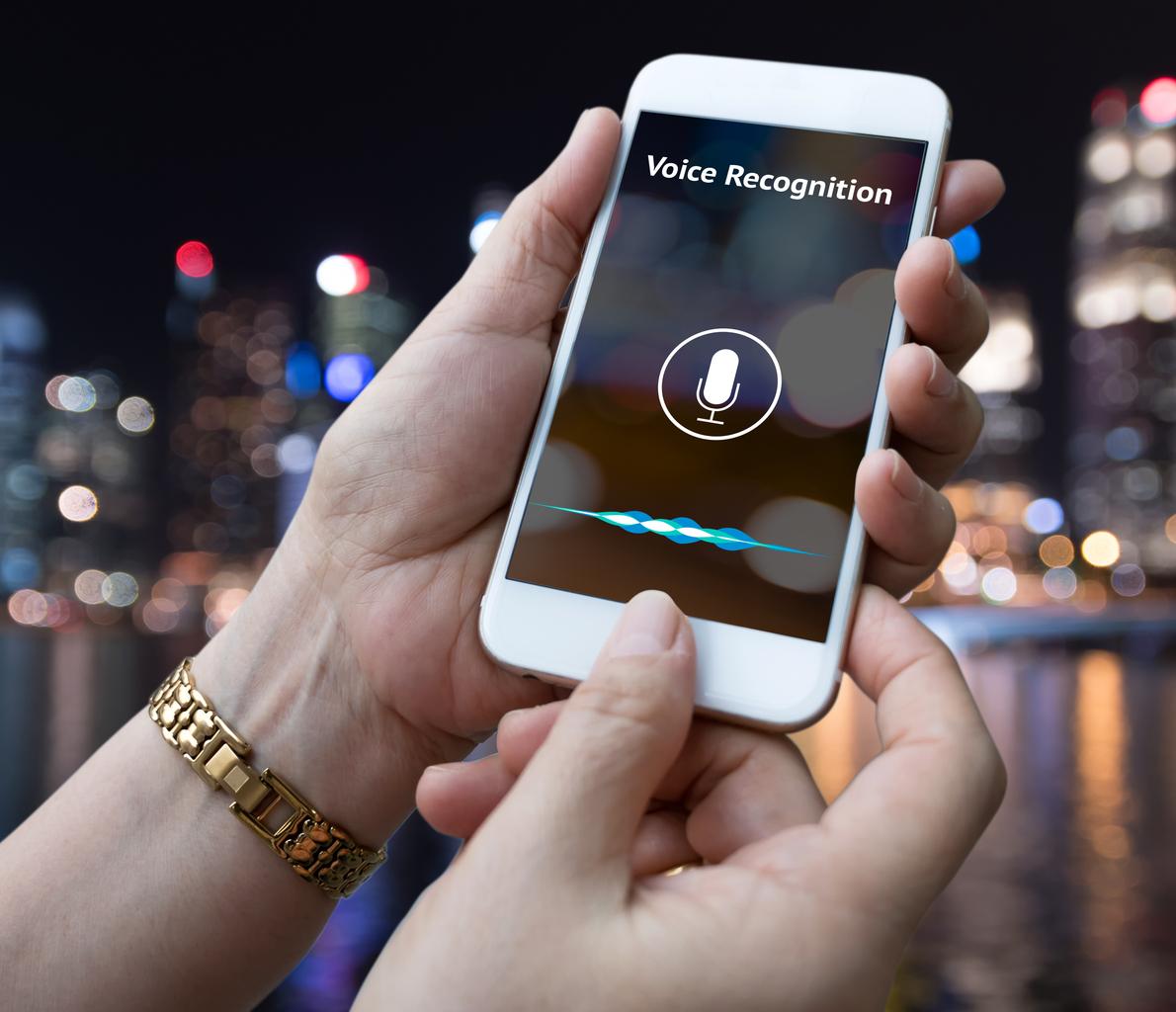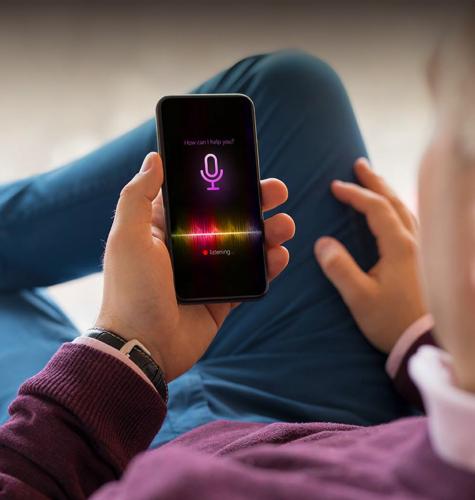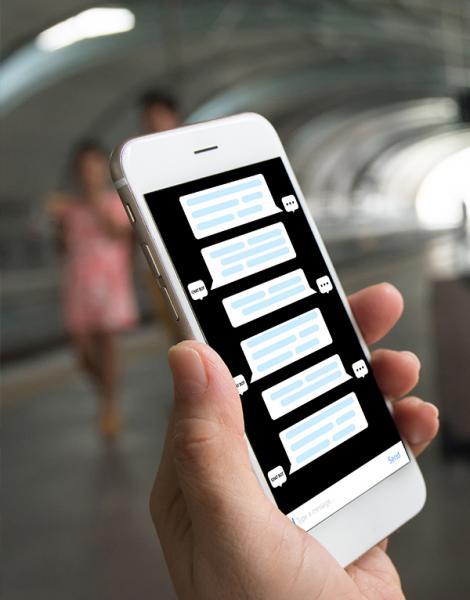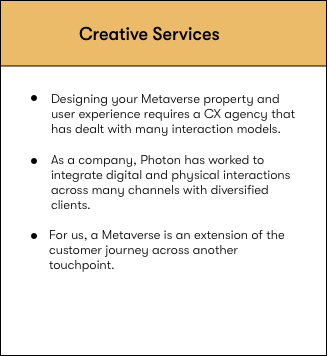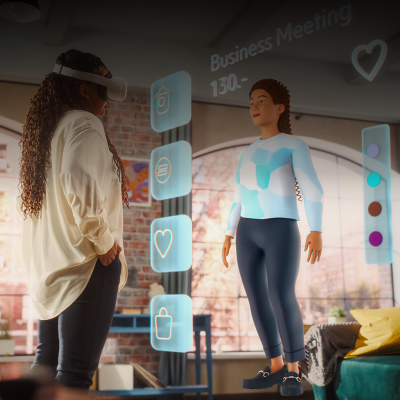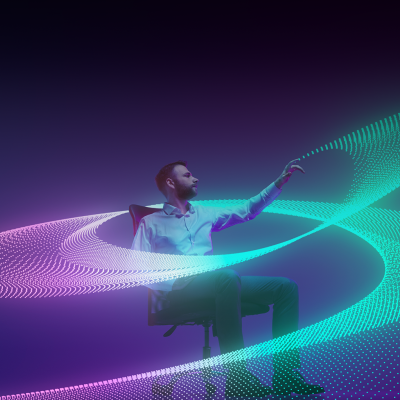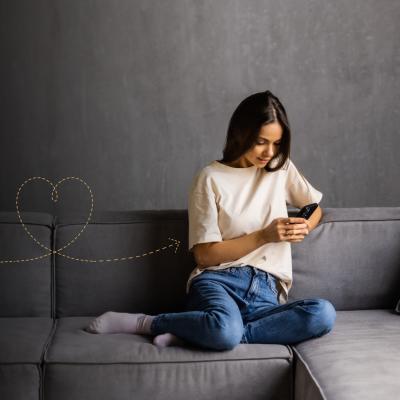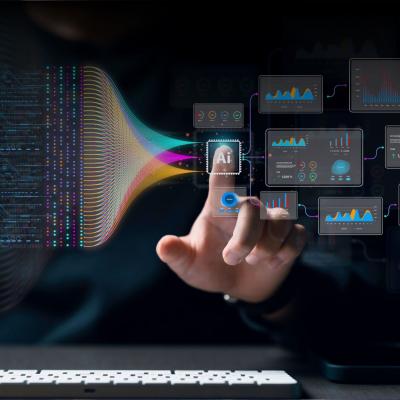With the shopping experience at the crossroads of transformations, Amazon has provided a platform for consumers to make purchases with Alexa and Google’s recent partnership with Walmart allows for consumers to place orders through Google Assistant. And with the latest partnership between Amazon's Alexa and Microsoft's Cortana, the AI’s are now enabled to communicate with one another thus creating a new frontier, of retail and business applications, in voice AI landscape. Not to be left out of this market, Apple has announced the upcoming launch of its HomePod to take place in December. Bringing the connected home into Apple’s ecosystem of iOS devices.
Browsing using voice
A study conducted by Northstar Research concluded that 41% of adults and over 50% of teens in U.S. use voice search on an everyday basis which is now listed as third in the list of SEO trends for 2017. According to Mary Meeker’s 2017 internet trends report, voice is beginning to replace typing in any online queries. In 2016, 20% of mobile queries were made via voice. Google’s voice recognition software is near to human-level accuracy as it can understand the human language with 95% accuracy. Nearly 70% of requests are natural / conversational language. This level of understanding has been achieved due to machine learning algorithms which detect speech and respond with thorough results. A number of companies have noted the increasing importance of voice search in today’s market leading them to place emphasis on creating smart digital assistants capable of being effectively responsive.
Easy access with visual search
As usage of voice search surges, visual search is gaining popularity alongside. With about 65% of population consisting of visual learners, more than half of the population absorbs information better through images. Instagram and Pinterest reveal the significant impact visual search has on the wider audience:
- 40 billion + images have been shared on Instagram.
- This year Instagram usage by brands will reach 70%.
- 75% site visits are made after it is viewed on Instagram.
- 150 million + monthly users are active on Pinterest.
- 87% of Pinterest users have purchased products after seeing it on Pinterest.
According to Mary Meeker’s report, today’s shoppers seek variety, easy access, and personalization. Visual search, made possible by machine learning has been adopted by digitally savvy retailers as a way to reach their target consumers. Visual search allows consumers to search for a product either by snapping a photo and uploading it to the retailer’s mobile app or image detection using the smartphone camera as a scanner. This method of shopping for products filters out the hassle of browsing by providing consumers with accurate results followed by a quick easy checkout. With visual search technology and voice search combined, product discovery is made easier, and when an item isn’t recognized recommendations can be made based on similar products making for a satisfactory customer shopping experience.
In 2014, Photon developed a universal mobile app for a Fortune 500 luxury retail company adding in the visual search capability. Photon partnered with “Slyce” to power image recognition of products photographed using the application. The feature lived up to their customer’s expectations and provide an increased value to their luxury consumer.
As companies aim to keep up with the ongoing digital transformation, voice and visual search have helped in adding an in-depth, quicker and a more personalized layer of customer engagement than the traditional customer interaction. Proving to be the next frontier of digital disruption, these emerging technologies have enhanced how customers interact with AI. Overtime voice and visual will create new capabilities and venues for how customers search and browse for information
Connect with Photon to discover more about how to action voice and visual search.
